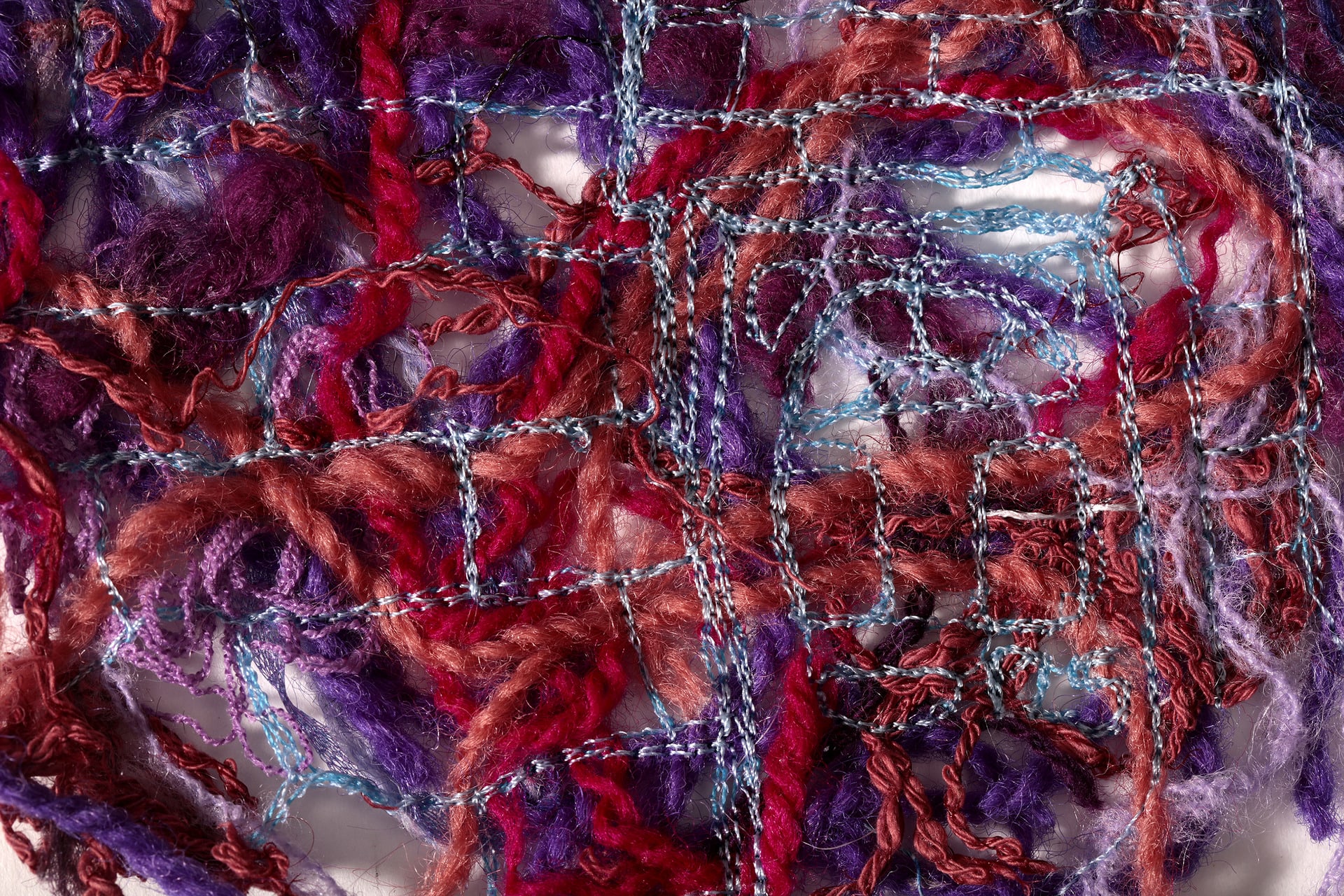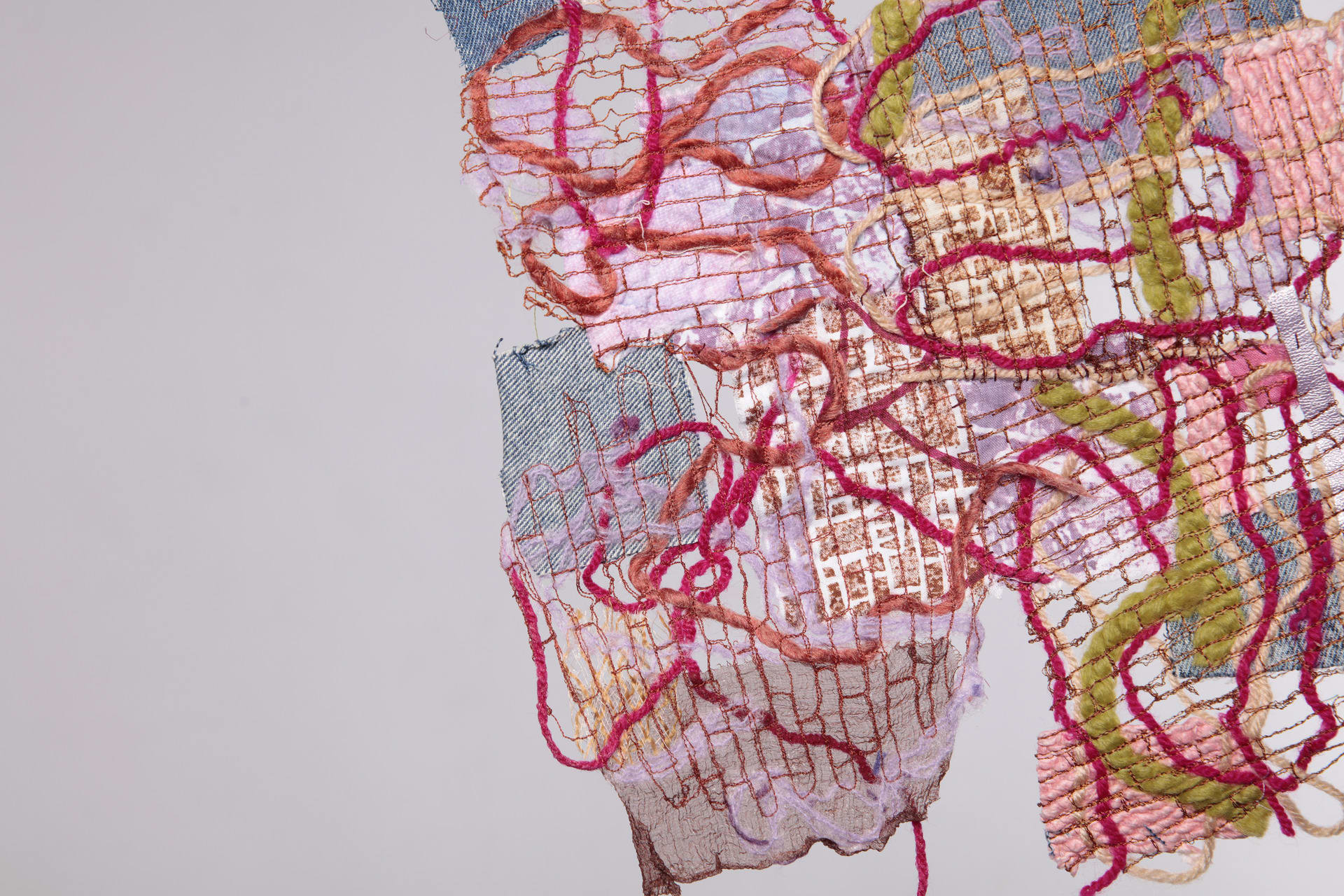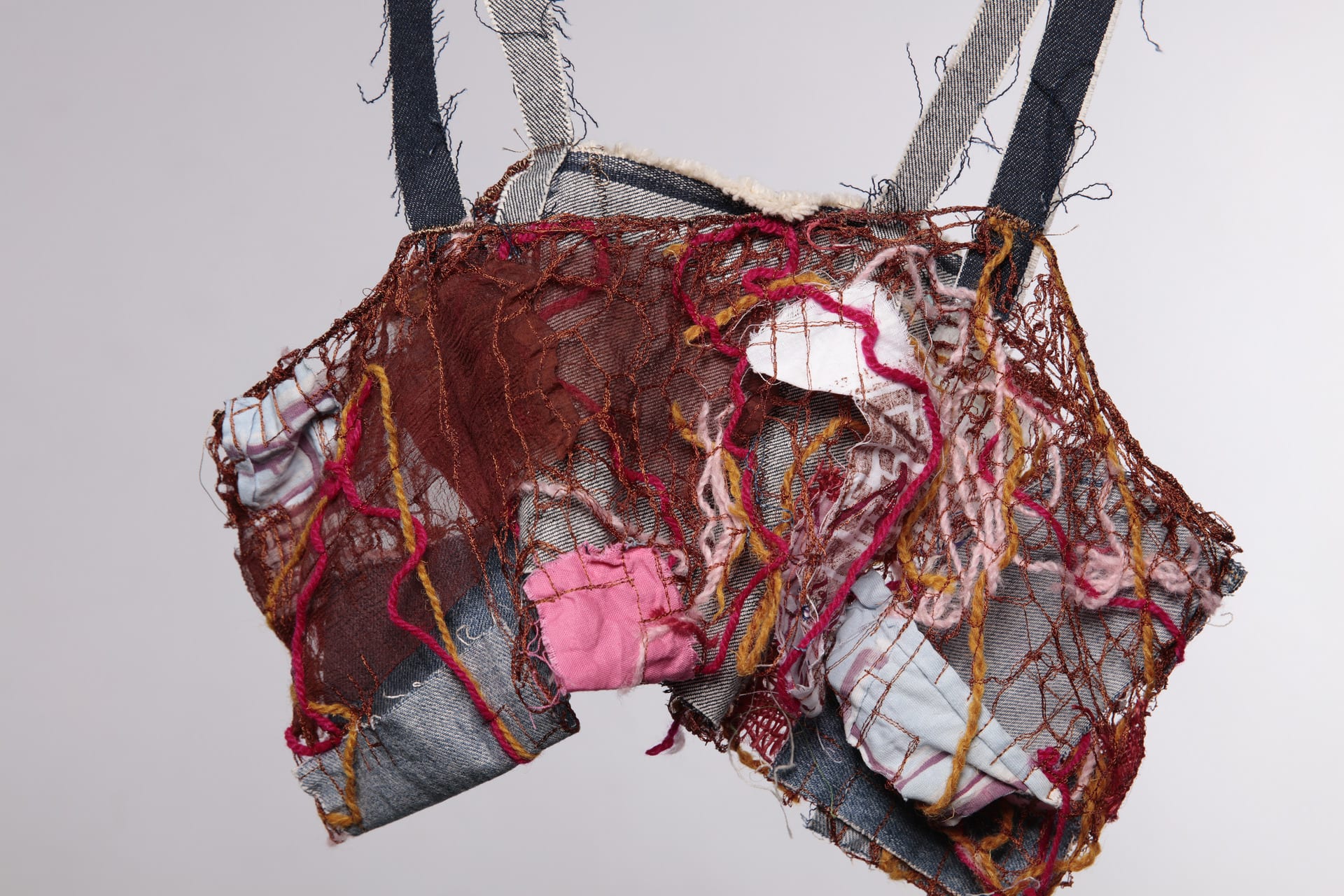I am a mix-media textile artist who is motivated to create textiles that bring across a sociological message to promote change and liberation for individuals and groups in society. I am inspired by textile activists and artists from both past and present. My project ‘Bit rough isn’t it?’ is based on the social stigma faced living within a council housing estate.
“Bit rough isn't it?” - is a common phrase you hear when you tell people you live in Greenstead, a council estate in Essex.The stigma of growing up on council estates was the main inspiration for creating my work. Researching into how media and news portray individuals and what social housing is like, has generated passion and the fight to show what life is like in a council estate from an insiders perspectives. Having discussions with family, friends and reconnecting with my community gave me the idea of showing the solidarity, strength and resilience of life there.
Using a variety of mix-media techniques of print, embroidery and patch-working, I set out to create pieces that use materials and techniques as a metaphor to bring across this message. Using scrap materials and yarns was a way to convey the idea that just like how scraps are seen as something that is ‘useless’ and ‘discarded’ matches the negative views given to social housing communities. However, when stitched and bonded together we are a rich, diverse community that is connected with strength, resilience, and support.

















